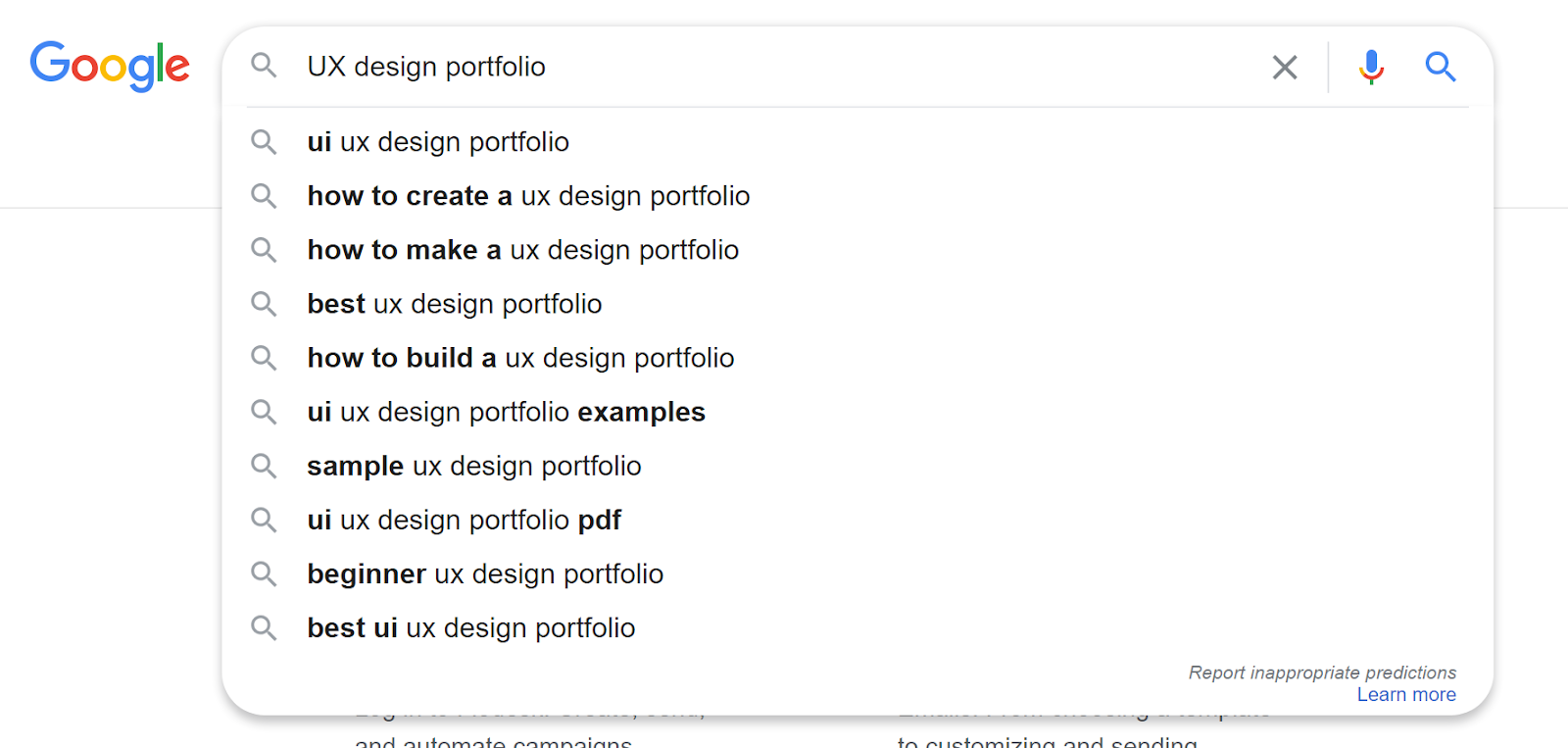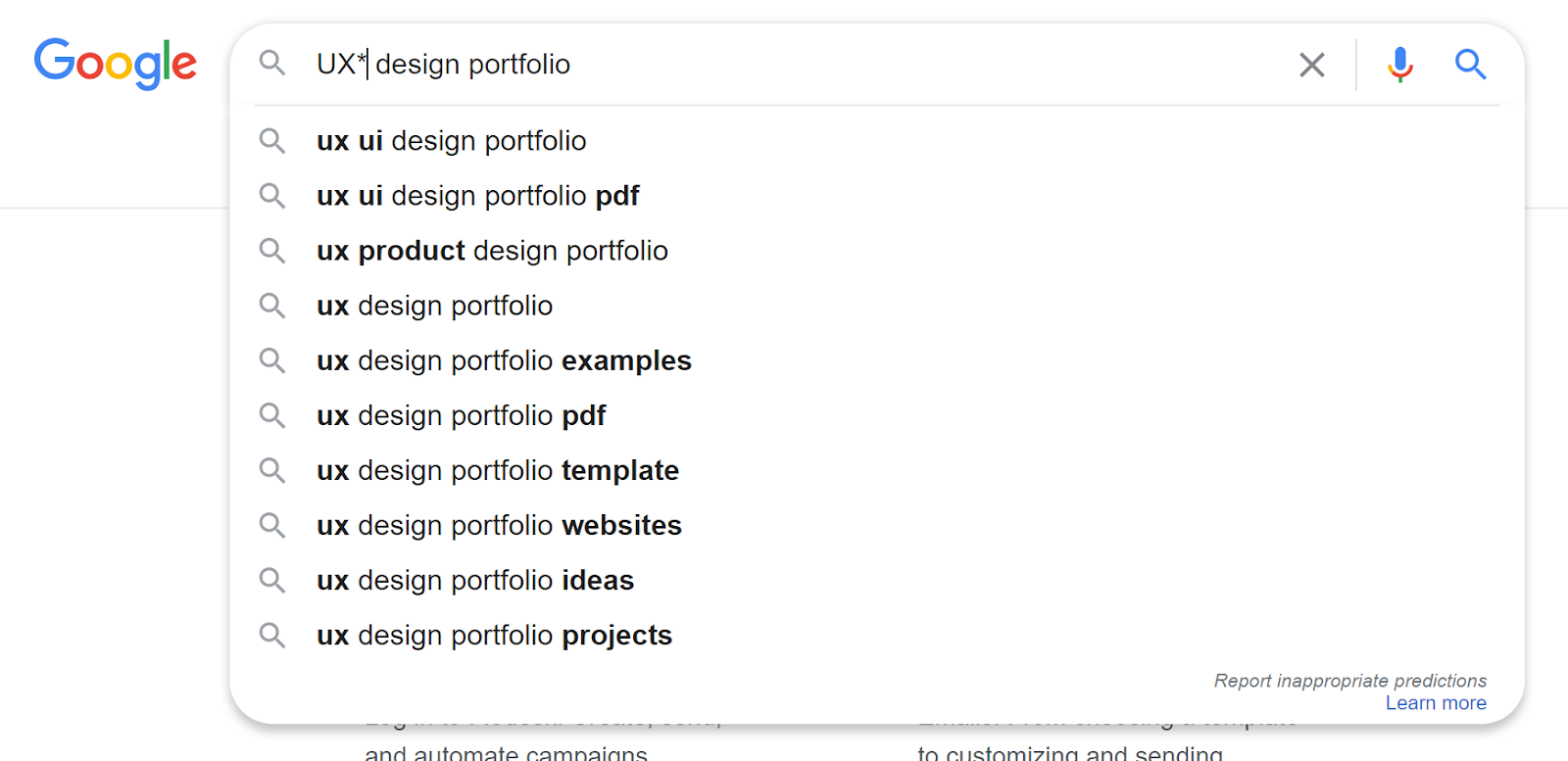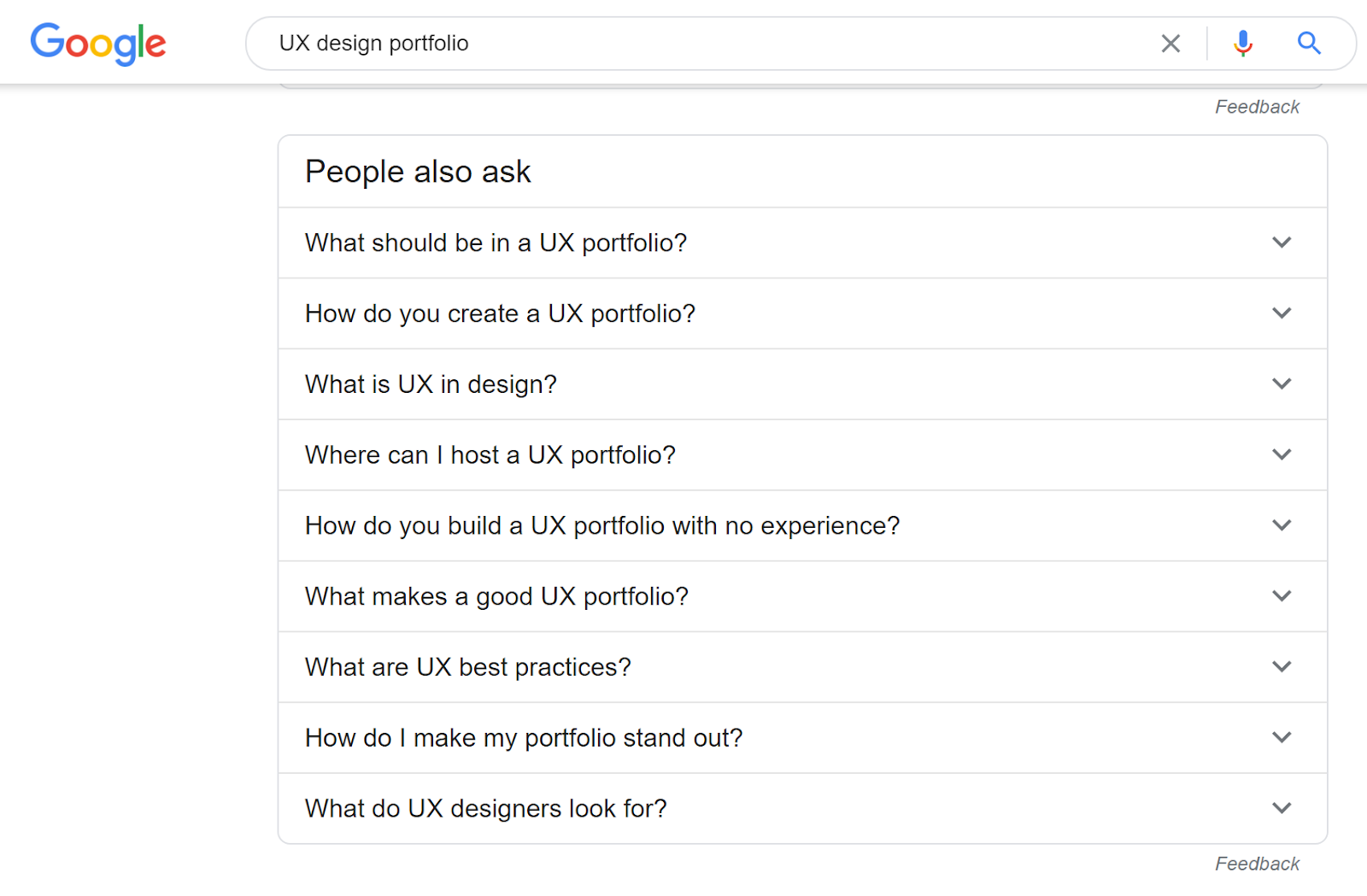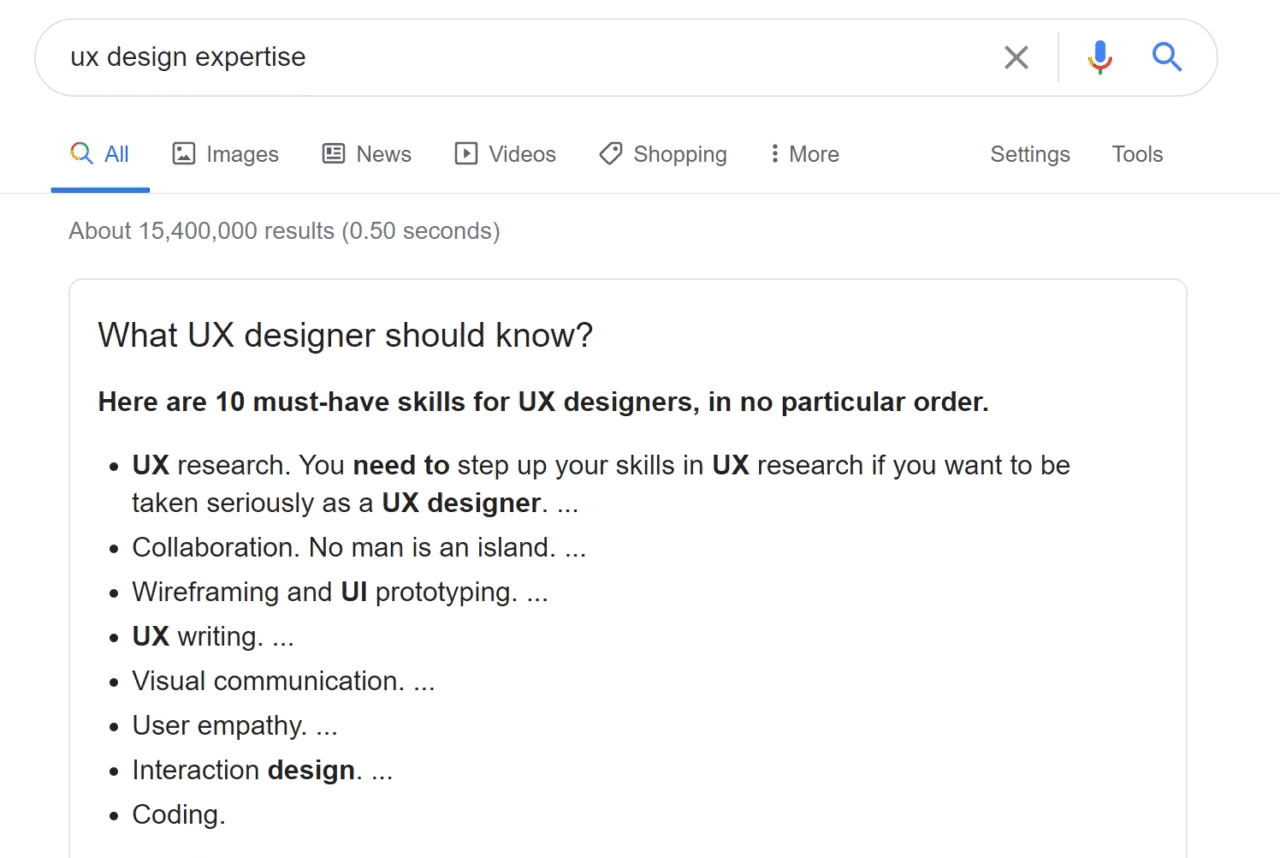Most founders don’t have the time to research and write blog content for their website.
Even if you did have the time, do you know what to write about? Will that content actually convert to revenue?
It’s easy to haphazardly guess topics that are related to your product. But content marketing and blogging for business should directly address your customers’ pain points. It takes a lot of time to do research and execute the plan.
In this article, I cover:
- Branded vs. non-branded traffic
- Defining who your best customer is and what their pain points are
- How to come up with topics that are super relevant to your customers
- How to find the right keywords and understand search intent
Let’s dive in!
Branded vs. non-branded traffic
A branded keyword is a search query that includes the name of your brand or some variation of it.
Let’s take HubSpot as an example – a branded query would be anything like:
- How to use HubSpot
- Hubspot CRM
- Hubspot academy
- Is Hubspot worth it
- What is Hubspot marketing certification
Etcetera
Branded keywords are good – they signal brand recognition and mean that people are searching for you.
You don’t need to optimize for branded keywords, your name is already on your website. It’s a form of direct traffic – as if somebody typed in your URL directly – but maybe they searched for it cause they weren’t sure about your URL.
Non-branded traffic is keywords that include no variations of your brand name or misspellings of it. These people aren’t searching for your brand directly, they have something they want solved.
Benefits of non-branded traffic
Non-branded traffic is how you can reach audiences that have never heard of you.
It’s when people are trying to find information, and you can provide them with the answers.
For example, taking Hubspot as an example again, a non-branded keyword could be “best CRM” or “customer service tool”.
Those two keywords have commercial intent – meaning somebody is specifically looking to buy a tool, which could be theirs. But non-branded keywords can also take shape as questions that Hubspot can answer:
How can I improve my sales performance?
How can I forecast sales for a new venture?
When you ask these questions to Google and Hubspot provides the answer, they bring people into their funnel who weren’t yet looking for them.
These are the kinds of keywords we’re going to cover in this article today. Keywords that are questions or inquiries that you can answer through your business’s blog.
The next step is not brainstorming for blog topics. The next step is understanding your customer.
Creating a Blogging Strategy for Building Non-Branded Traffic With a Small Team from Maeva Cifuentes
Start with your customer avatar
You can’t answer your prospect’s questions if you don’t have a clear idea of who they are, what their challenges are, and how they perceive your product or service to be the solution.
So if you’re sitting in a meeting room with your team, trying to come up with blog topics or keywords that you think are relevant, just stop. It’s very likely these topics aren’t related to real pain points, use cases, or anything that will actually drive sales.
To understand your customer avatar, you should talk to the following people:
- Your sales team
- Your customer service/success team
- Your best customers
Your best customers are the ones that pay the most, stay the longest, have an immediate need for your product and who have the lowest headache factor.
To figure out who these people are, you will start by talking to your own team.
Talking to your sales team
Figure out what benefit they receive from you, what alternatives they’ve considered or tried, how they describe your product, and what problems they were facing right before they started using the product.
Find out which kinds of leads close the fastest and which kinds pay the highest price.
If your team is so small that you are this person, then just ask these questions to yourself and write them down.
Talking to your customer success team
Now you get to talk to the people who speak with your actual customers on a daily basis.
At this point, you want to figure out:
- Which customers are the least painful to deal with
- What features do they use the most
- What are the most common questions they ask
And anything else they can tell you about their conversations with customers. Get it all out.
Again, if this person is you, then start documenting the answers to these questions. Keep a spreadsheet for whenever you talk to them and see if any patterns emerge. How does this tie back with the information sales gave you?
Last and most important step – talk to the customers themselves.
Talk to your BEST customers
This is going to be the key to understanding what they need and how your content can help them. It’s what’s going to make them say “this is exactly what I needed!”
First you need to understand their relationship to your product. What benefits to they receive from it? How would they describe it? What other roles in their company use it or do they think could use it?
Then, you need to find out more about their pain points that aren’t directly related to your product. What are their biggest challenges? What are their short-term goals? What’s the biggest obstacle to achieving their goals?
Lastly, you’ll need to find out how they spend their time online.
Where do they go to learn about the industry? How well versed are they on the topic? What other blogs do they read in this space? What social media platforms are they active on? Who do they see as the leaders in this space, whether a person or company? And why?
Document all of this information into a customer avatar. Give them a name, and this is the person you’ll be blogging for.
Coming up with topics for your business blog
The next step is to start planning your blogging strategy.
Old SEO was about keywords. Modern-day SEO is about topical authority and search intent.
What is topical authority?
Topical authority is your website’s depth of expertise on a specific subject.
The Google Webmaster Blog released some questions to ask yourself to check whether your content is good. Here are some examples of those questions:
- Does the content present information in a way that makes you want to trust it, such as clear sourcing, evidence of the expertise involved, background about the author or the site that publishes it, such as through links to an author page or a site’s About page?
- If you researched the site producing the content, would you come away with an impression that it is well-trusted or widely-recognized as an authority on its topic?
- Is this content written by an expert or enthusiast who demonstrably knows the topic well?
- Is the content free from easily-verified factual errors?
- Would you feel comfortable trusting this content for issues relating to your money or your life?
As you can see, Google values websites that demonstrate authority on a topic. So the goal of your blog is to demonstrate that authority.
So how do you do it?
Start 1 step at a time.
If you have several avatars, several use cases, and cover different industries – just start with one and build authority around that.
SEO topics for your business blog
To get started one your blogging strategy, choose a broad topic that can be broken down into 12-30 sub-topics.
For instance, let’s say you have a course and your target is people who want to become UX designers, your broad topic could be “career in UX design”.
It’s broad because there are a lot of things that fall under building a career in UX design. But it’s not so broad as to not be sure if we’re targeting the right people.
If you write only about UX design, you could be targeting anybody – CEOs who want to hire designers, other kinds of students learning about it, copywriters who are interested in learning about it but not necessarily looking to become a UX designer.
Think about what kind of broad topic directly speaks to the pain points you discovered during your customer avatar research.
Some sub-topics that could fall under this category are:
- How to make a UX design portfolio
- Career change to UX design
- UX expertise
- Do I need web/coding experience for UX design
- How much to charge for UX design
- How long does it take to become a UX designer
How do you figure out all the possible subtopics?
You can start on forums or Facebook groups and see what questions people are asking their peers. For example, I did a quick Google search to find a forum for UX Designers. There’s a category strictly about careers. Here are some topics:

Scrolling through this I can get an idea of what people are asking about UX careers. I note down the topics and when I have a bunch of ideas, I move to Google to continue my search and see if I can find more keywords.
Let’s say from this list I’ll choose how to make a UX portfolio.
Now I’ll go into Google and type it in.
The first thing Google does is suggest other searches for me:
These are all things people have typed in regarding UX design portfolios.
I can add an asterisk between the words to see if it gives me any variations.

As you can see, you get different results based on where you put the asterisk:

I can also scroll down to the bottom to see if there’s anything different in the “Searches related to” section:

Additionally, Google often has the “People also ask” section that gives me specific question:

So now I’m getting a lot of ideas to start structuring this blog post and I’m understanding what people are asking for.
Non-branded keyword research
The last part was a mix of topic and keyword research, but now that we have the topic, we’re going to do the “real” keyword research.
I’m looking for a keyword that:
- Has search volume
- Doesn’t need a ton of backlinks to rank for
- Has a low “keyword difficulty” score
As an example, if I use Ahrefs to look up UX design, this is the result I get:

Tons of search volume, yes, but super hard to rank for.
Also, who knows if it will really convert?
This is mainly because it’s so broad. Who knows what people are really looking for when they search for UX design? Let’s get more specific and try ‘UX design portfolio’.

Another thing I do, if I can’t find results for the keyword I think will work, is Google the keyword, find the top-ranking pages on Google, and then put that link into Ahrefs to see what other keywords that piece is ranking for.

This gives me even more ideas!
Then I select a keyword, and the next step is to understand intent.
Search intent-based content writing
Old SEO was all about keywords, but today the two most important things are:
- Topical authority
- Search intent
I’ve already covered topical authority above, so now let’s see how to understand what the searcher’s intent is.
As an exercise, you can brainstorm what you think the intent is.
It might be “how to make a UX design portfolio”, “what to include in a UX design portfolio” or “UX design portfolio examples”. What does the searcher really want?
Let’s take a look. Then I’ll show you a second example.
So the first thing you’ll do is type in our keyword into Google and look at what the SERP gives us.

We can see that 7 of the results are about examples. Two of those are in position #1 and #2.
One result is a “how to” or a “X steps to”.
One mentions “quickly and easily”.
The intent that dominates is “examples”.
So we know that for this keyword, we need to create a list of examples. Because that’s what the searcher wants.
Let’s look at another example. In the forum we looked at above, I saw the question: “UX Expertises – what are yours?”.
I thought for somebody studying UX design, maybe they also want to learn about the various UX design expertises available.
But the intent for this keyword isn’t as clear to me. Maybe it’s somebody looking for a UX design expert, which wouldn’t be my target. But I suspect this keyword will be for my target – people who want to become UX designers.
Marketing isn’t a guessing game, so I’ll just find out by looking!

Okay, so this keyword is overwhelmingly about “skills”.
There are a few “what do UX designers do”, but as we can see it’s clearly geared to people trying to find out what skills they need.
Do this for each keyword, each topic, and then you can start writing!
Writing your blog post for non-branded traffic
You have your plan and you understand the searcher’s intent – now you need to write.
The first thing we’re going to do is try to understand what the top-performing pages have. What do they all say? Can you make yours better or add a unique angle?
Can you include more examples, more screenshots, or make it more actionable?
More words per se won’t make your content better.
Better content includes all the angles and completely answers the searcher’s query.
When they’re done reading your piece, they should think: “that answered my question”.
Use the questions you found in “People also ask” and the other Google searches you did above to feed your content. This will help make sure you’re answering the question thoroughly. These questions and keywords should be used as headings (h2 and h3 tags).
You can also look up latent semantic indexing (related keywords) using a tool like LSIgraph to make sure you’re covering all your bases.
Use examples and explanatory graphs where appropriate, and use alt text that describes the graphs well while including your primary keyword, if appropriate. By appropriate I mean if it fits naturally and doesn’t look like you’re trying to keyword stuff.
Remember to focus on helping the user as much as possible. Writing just to rank doesn’t rank anymore. You need to write to serve.
Distributing your blog content
Okay now we have some blog posts written and we want to get it out into the world.
SEO ROI beats all other inbound marketing channels, so where possible you should follow the above steps to make sure you’ll get found in search.
However, the thing about SEO is that:
- It takes a long time to start gaining traction
- You still need links
- Why sit there and twiddle your fingers after you’ve done all this work to come up with an amazing blog?
So now let’s look at how we can boost your amazing content even further with other distribution channels.
Network with other bloggers/influencers/brands
Build your personal brand and your network. If you can find people/companies that have other relevant blogs in your space, you can leverage those relationships to gain more traffic.
They may share your content on their own, but you can also:
- Write guest blog posts for links and to expand your reach to other audiences
- Cross-promote content (you share to your network, they’ll share to those)
- Encourage them to like/share/engage with your pieces
And, let’s face it, your network is your net worth. Don’t rely solely on SEO when you can build your brand through networking.
Paid social distribution
Set up paid social not to generate leads but to distribute your content. Even if people love your post, most social media platform’s pay-to-play system makes it hard to get any meaningful organic reach.
You can ramp this up by distributing your content via paid social. Facebook, Instagram and LinkedIn all let you target people by job titles, which is a great start. IF your post is already doing well organically, you know that’ll be a great piece to promote via paid.
Get sales/customer success to share the content
Include your content in your email signature and have your salespeople or customer success people do the same. This works especially well for bottom of the funnel content or anything that can help your ideal customers improve.
Blog syndication
You can republish the blog post on other high-quality publications, like LinkedIn Pulse or a Medium Publication. Blog syndication is great because it:
- Drives more traffic
- Gives you SEO juice
- Reaches wider audiences
The post would be attributed to you and give you a link back to your website. It also helps build your brand as a topic authority, since you’re appearing in industry publications. It’s not the same as guest posting, because guest posting is original content (i.e. you don’t have the same blog post on your own website).
As a basic guideline, you should syndicate your content on websites that have more domain authority than you but that are relevant to your topic. Relevance is more important than domain authority, if you have to choose.
Note: always publish the post on your website first.
Repurposing blog posts
Don’t let a blog post go to waste!
Now that you have a whole article, you can break it down and turn it into may different pieces of content. One blog post can give you:
- 3-4 long-form LinkedIn posts
- 20 Tweets
- 3-4 captions for an Instagram post
- Content for an infographic
- Content you can record into a podcast or YouTube video
- 3-4 emails to send your list
- Content for a PDF you can use as a downloadable
- 3-4 posts for relevant Facebook Groups or forums
That’s so much content from one blog post!
Start your blogging strategy now!
Don’t feel overwhelmed. This is one of the greatest things you can do to get traffic, reach new audiences and start generating more income.
Have any issues getting started? Get in touch – I’d love to help!
